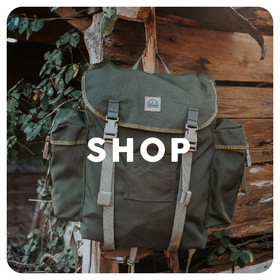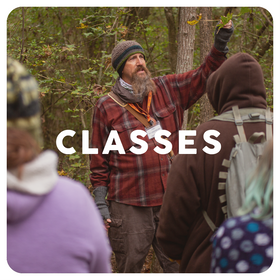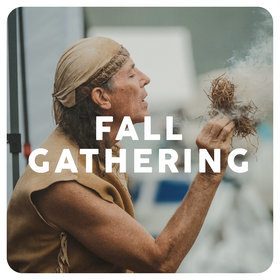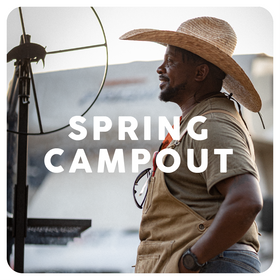
Top 5 Beginner Wild Mushrooms
When identifying a new mushroom, if you have matched 8-10 structural features of the mystery mushroom with the mushroom guide, you can be confident the fungi has been properly identified. Structural features include the substrate on which they are growing, stem properties (color, thickness, connectivity to other stems, presence/absence of a volva and/or veil, color changes when touched); gill properties (true gills, false gills, polypores, length start and end points, color, spacing, spore color); and cap characteristics (size, color, shape, smell, and secondary structures such as lines, dots, or hairs). Also, know that there are no mushrooms dangerous to touch, but wash your hands after studying unknown mushrooms.
While there are several fungi with really dangerous mimics, here are five mushrooms that are ideal for people just starting out in the study of wild mushrooms. They have very distinctive features, are common all across North America, taste good, and are easily prepared to eat in the wild. Please note that NO mushroom should be eaten raw, including the white button mushrooms in stores and salad bars!
Chicken of the Woods
(Laetiporus sulphureus)
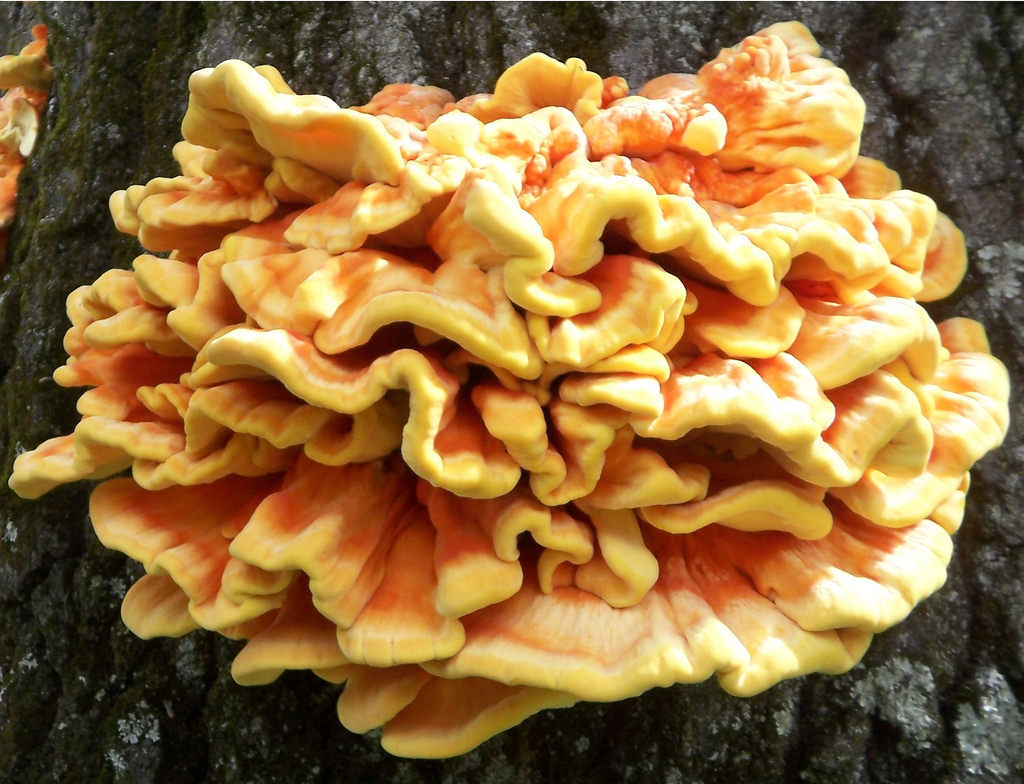
Imagine finding on a dead tree in the deep woods slabs the size and the rubbery texture of cooked chicken breasts colored with bands of the weird orange of Doritos. The underside is yellow and covered with tiny pinholes. Their orange color makes them stand out among the summer greenery. Depending on their placement on the deadwood they may be half or full circles in shape, up to a foot across, but only about 2” thick. Dice them up, sauté in some butter, then use them as a replacement for cubed chicken.
Woods Ear
(Auricularia americana)
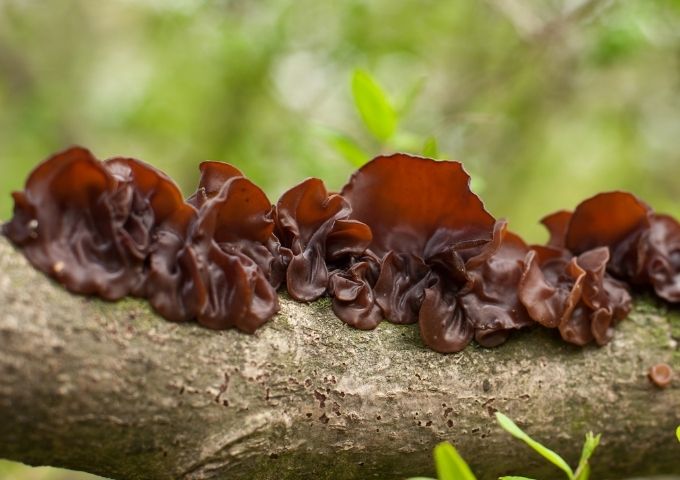
This is another weird mushroom that grows on dead wood, with a slight preference for elderberry trucks. These look like actual small to medium-sized human ears made out of some Gumi-bear-like material. The inner “ear” is brown, wrinkled, and hairless, while the outer surface is covered with a gray fuzz. In dry times, they dehydrate down into hard “ears, darker on the inside but still gray and fuzzy on the outer surface. These dry ones rehydrate nicely in hot water. Woods ear mushrooms are the weird-textured strips in Hot-and-Sour soup but can be added to any soup you want.
Wolf’s Fart Puffballs
(Lycoperdon pyriforme)

The name comes from the tendency to grow in thick clusters along fallen logs and puff out greenish spores when touched if old and dry. The individual, closely-packed balls are about one inch in diameter with white, spikey surfaces. They are edible when cutting them in half reveals a clean, white interior. Any sign of yellow or green inside indicates they are forming spores and are too old to eat. Like the chicken of the woods, these are diced up and sautéed in butter or bacon grease for a delicious treat or cooked like standard white button mushrooms in your meals.
Giant Puffball
(Calvatia gigantea)
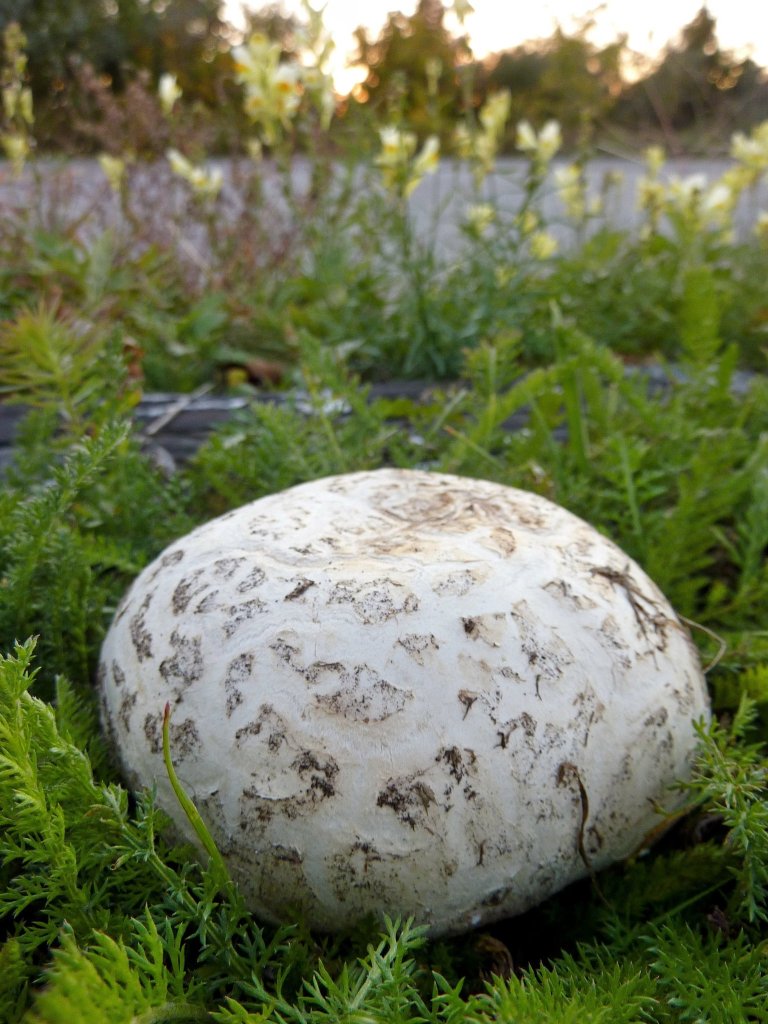
If you see what looks like a misshapen, smooth, white soccer ball lying in a field or some leaf litter in the woods, you have come across a giant relative of the wolf’s fart mushroom. Calvatia gigantea can grow to over 18-inches in diameter, and as long as they are pure white inside, with no sign of yellow or green, you have something amazing with which to cook. They can be cubed and sauteed in butter, or you can cut them into half-inch thick slices for use as wild “pizza crusts .”Top them with shredded cheese, and sausage, along with smaller bits of itself, then cook in a reflector or Dutch oven until the cheese is melted and a little browned!
Morel
(Morchella esculenta)
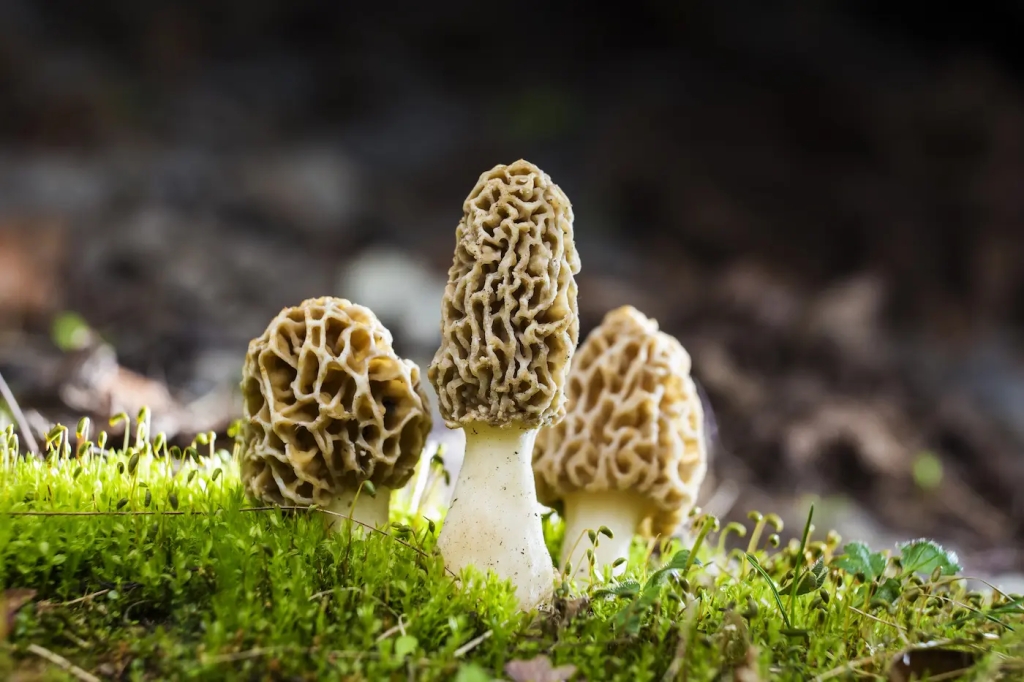
The king of edible mushrooms does somewhat look like a chess piece. The tan/cream-colored stems are hollow, and their conical, hollow caps will be covered with a series of closed-cell voids about a quarter-inch in diameter. It is important that the surface cells are truly closed rather than there being raised walls that create a “wrinkled brain” surface. The “brain” version is the poisonous Gyromitra species. Seek morel mushrooms in the early, cooler days of spring, with a preference for hardwood forests that have recently burned. Morel mushrooms prefer somewhat basic/alkaline soil created by hardwood ashes. They do not like pine woods.
Spend some time studying these mushrooms, and you soon be ready for more advanced ones. Mushrooms are a good source of vitamins and minerals and are a good way to improve your meals in the woods. But please spend the time necessary to master their identification, and when in doubt, throw it out.

